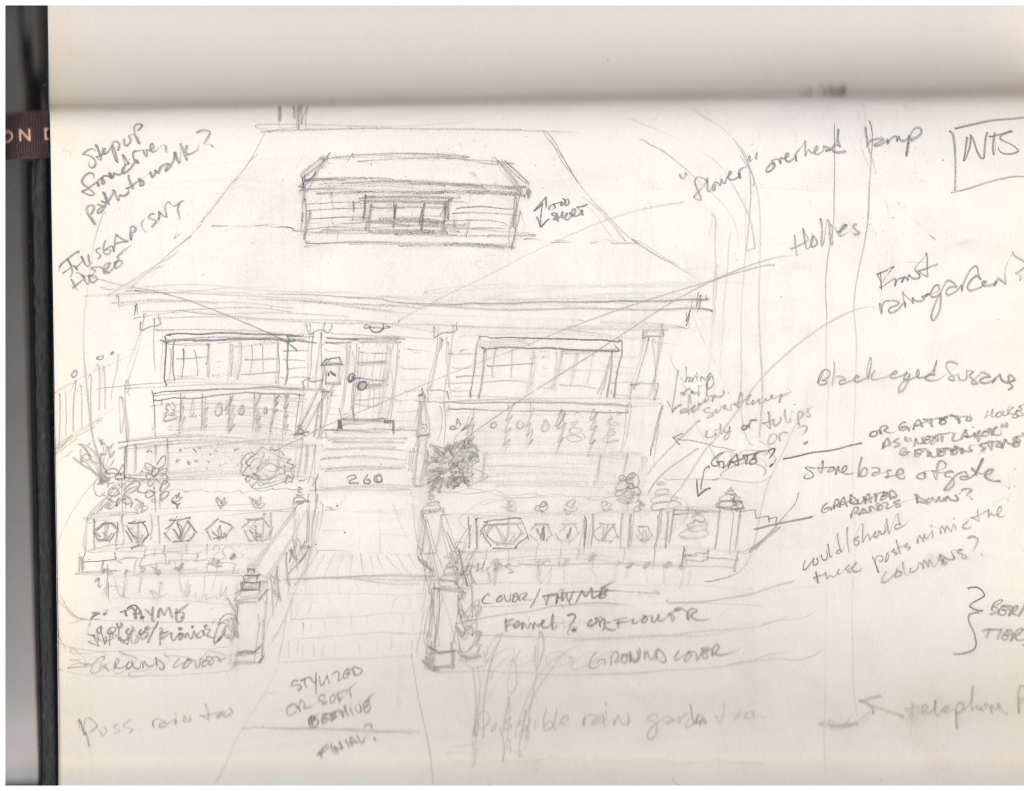I have lived in some homes/apartments with older leaky systems, so that makes sense regarding the humidity changes. There are some neat water holders that use the heat of the rads to evaporate the water into the air to help add humidity in winter. I'm hoping to eventually start gathering house plants again, which will also help with humidity a bit.Texas_Ranger wrote:As far as I can tell all heating systems without actual combustion in each room "dry out" the air or - more accurately - don't humidify it. If you've got fireplaces, stoves or gas fires in the room, the combustion creates water vapour and some of that will inevitably end up in the room rather than going up the flue, humidifying the room air. If you've got a boiler or furnace in the cellar, especially a modern sealed direct-vent one you won't see any of that in your living quarters and get fairly dry winter air. Cold air can hold much less moisture than hot in absolute figures, so while relative humidity outside might be high in winter, once you heat the air inside your house, relative humidity will drop drastically (while absolut humidity remains more or less the same). Crazy physics!
Unless your radiators were actually leaking steam I can't see how they'd affect humidity at all. I've never seen a working steam system in my life though and all I know about them is from forums and from old stories. I think my mom once worked in an old school building in Germany (where some rooms had been converted to offices while the rest was still a school) with steam heat and she complained bitterly about how hard to regulate those radiators were, usually just blazing hot. The only other thing about steam systems I remember is that only one pipe is connected to each radiator - steam rises to the rads from gravity, condenses inside the rad and then drips back down to the boiler in the same pipe.
Forced air systems aren't much fun for me, as I have dust allergies, so the blowers, no matter how clean I'd try to keep the house plus filters, make them my least favorite system. I prefer rads over baseboard because older baseboard systems (electric or water--never had the oil type) prevent certain furniture arrangements, especially allowing bookcases to actually be near to flush on a wall.
I can't recall the exact time period when rads were oversized on purpose due to less than stellar insulation in buildings, but that's one reason you run into that blazing hot problem. The system was sized for the air exchange through the building envelope at that time, but when insulation/sealant was added later, now it's too big. That's one reason some folks started opening windows in the dead of winter--too hot. (Another was with multi families, you'd get both one family wanted different temps than the other, so if was zoned, you'd have that imbalance as well.) With single zone, they'd sometimes have a hard time balancing the pressure loads (think that's the word) so that all apartments would be the same temp. There's a lot of factors, really, when you get to handling systems that large with steam to consider--some as minor as the relief valves getting clogged up and such. I have a lot of respect for folks who deal well with boiler systems that are single zone, yet supply to many individuals. It's amazing what some of them can figure out and remedy.
One reason so many relief valves were developed with sliding or turnable bits was so folks could try to accommodate for comfort that way. We have three variants with such here. You can get your system "retuned", I think it's called, for changes to insulation/sealant so that it's not too powerful. If I recall right, that usually means downsizing the rads and sometimes adjusting the capacity of the system itself since there is now less inner rad mass needing to be exchanged. (Yes, physics is awesome.)
One pipe steam is pretty ingenious, when you think about it. The thing to watch out for with older homes is sometimes settlement can cause the slope of the feed/return pipes to flatten, which can cause hiccups with the cycles, especially if you have an auto feed for makeup water. Same with the angle for the radiators themselves.

